https://ospreypublishing.com/thisweekhistory/

Having forced the North Korean forces out of Seoul, the capital of South Korea, by 27 September, the US Army then pursued the North Korean Army north. On 7 October following a UN resolution, the US forces crossed the 38th parallel, the line dividing North and South Korea. In response to the actions of the US and UN, the Chinese, backed by the Soviet Union, entered the Korean War in force on 25 November 1950. MacArthur's aim of total victory was no longer an option after this date. Instead, a bitter war of attrition, on land, sea and in the air, and costing many lives, continued until the ceasefire agreement in 1953.

Having forced the North Korean forces out of Seoul, the capital of South Korea, by 27 September, the US Army then pursued the North Korean Army north. On 7 October following a UN resolution, the US forces crossed the 38th parallel, the line dividing North and South Korea. In response to the actions of the US and UN, the Chinese, backed by the Soviet Union, entered the Korean War in force on 25 November 1950. MacArthur's aim of total victory was no longer an option after this date. Instead, a bitter war of attrition, on land, sea and in the air, and costing many lives, continued until the ceasefire agreement in 1953.
Further reading
Essential Histories 8: The Korean War 1950-53 is a full account of the war, and its context and significance in the Cold War. For details of the combatants involved in the Korean War, Men-at-Arms 174: The Korean War 1950-53provides an overview of all the forces involved. For more information about specific forces that fought in Korea, Elite 4: US Army Special Forces 1952-84, Elite 2: The US Marine Cops since 1945 and Elite 55: Marine Recon 1940-90, may all be of interest. We have a selection of books on the air war in Korea, including Aircraft of the Aces 4: Korean War Aces.
An extract from Essential Histories 8: The Korean War 1950-53
The decision to cross the 38th Parallel
MacArthur was hypnotized by the allure of total victory and totally disregarded the repeated Chinese warnings. Nor did many in the American government take the warnings seriously. MacArthur and the American government sought to unify Korea under the ROK (Republic of Korea). In late September, the JCS (Joint Chiefs of Staff) and (Secretary of State) Acheson decided to pursue the NKPA (North Korean People's Army) north of the parallel as long as there was no threat of major Soviet or Chinese intervention. Secretary of Defense George C. Marshall even told MacArthur that the government wanted him to 'feel unhampered tactically and strategically to proceed north of the 38th Parallel'. On 1 October, ROK troops crossed the 38th Parallel followed by the rest of the Eighth Army on 7 October. Despite the increasing momentum to unify Korea, Truman was concerned about the repercussions of crossing the 38th Parallel. He arranged a meeting with MacArthur on Wake Island to discuss the situation. At the hugely publicized meeting on 15th October, MacArthur reassured Truman that there were no signs of Chinese or Soviet intent to intervene.
A UN resolution in the General Assembly on 7 October permitted the UNC (United Nations Command) to advance across the 38th Parallel and unify Korea. The Soviet Union had returned to the Security Council in August. To overcome its veto the USA pushed through a special procedure in November 1950 known as 'Uniting for Peace'. It stipulated that, if a veto paralyzed the Security Council in an emergency, the General Assembly could rule on the matter concerned as long as a two-thirds majority pertained.
Back in Korea, MacArthur deployed his corps on diverging lines of advance. The Eighth Army advanced in the west, taking Pyongyang on 20 October and then moving on toward Yalu. The X Corps, still acting directly under MacArthur, conducted a belated amphibious landing at Wonsan (which I ROK Corps had already beaten them to), and drove north. UNC front-line strength was approximately 200,000 men.
The CPV, unlike the NKPA, was poorly equipped. It lacked artillery and was not mechanized. Despite the recent increase in Soviet assistance, most of its small arms and ammunition had been captured from the Nationalist Chinese or the Japanese. Logistics were primarily organized through civilian laborers who carried supplies to the front on foot. Thus, the CPV could not advance far without suffering supply difficulties. However, tremendous manpower and a strong base of recent combat experience offset these disadvantages. Most CPV soldiers had experienced combat in the large field operations at the end of the Chinese Civil War. They were hardy marchers and adept at off-road movement. Peng emphasized the quick and bold movement of infantry to encircle and overwhelm the enemy. Attacks were to be conducted at night when the element of surprise would facilitate a breakthrough. Most Chinese leaders, buoyed by their success in the Second World War and the Chinese Civil War, believed that deception, stealth, and night fighting would enable their poorly armed soldiers to overcome Western technological and materiel superiority.
The CPV was composed of the Thirteenth and Ninth CPV Army Corps, for a total of about 300,000 men. The former, commanded by General Deng Hua, contained four CPV armies, of three divisions each. Deng had carefully trained the Thirteenth CPV Army Corps. Its soldiers were of a very high caliber. For example, the 38th CPV Army of the Thirteenth CPV Army Corps was known as an elite formation from its performance in the Chinese Civil War. The three armies of the Ninth CPV Army Corps, on the other hand, had been preparing for an invasion of Taiwan and were not ready to face the mountainous terrain and freezing winter weather of Korea. The North Korean armed forces, although given some autonomy, also fell under Peng's command.
The Thirteenth CPV Army Corps first crossed the Yalu on 14 October 1950. Two weeks later, it mounted a limited attack on the II ROK Corps in order to stunt the Eighth Army advance; this attack was known as the First Phase Offensive. After smashing an ROK and an American regiment, Peng returned to the defensive, waiting for the UNC to advance and overextend itself. Although Walker ordered a tactical withdrawal, MacArthur did not appreciate the gravity of what had occurred. He believed that only a small number of Chinese troops were actually in Korea and that a quick advance would pre-empt further intervention. On 24 November, MacArthur and Walker resumed the UNC advance, falling into Peng's trap. Expecting a quick and painless end to the war, UNC soldiers and officers advanced recklessly. Formations became strung out and did not take proper precautions against a counterattack. Rumour spread that the American troops would be 'home by Christmas.'
On the evening of 25 November, Peng and the CPV sprung upon the renewed UNC advance to open the Second Phase Offensive. The Thirteenth CPV Army Corps, of 180,000 men, was to crush the II ROK Corps in central Korea and then cut off the retreat of the I and IX US Corps to the west. Mao and Peng hoped this offensive might unify the peninsula under Communist control. The assaulting Chinese infantry moved off-road to encircle and then overwhelm UNC units. Lacking sufficient radios, the Chinese used bugles, drums, and other instruments to coordinate their movements. These surprise attacks were very disorienting to the average UNC soldier. By the end of 26 November, the II ROK Corps had completely disintegrated, and the Chinese were surrounding the 2nd US Infantry Division. Meanwhile, the Chinese pressed the fronts of the two American corps in order to pin them against the flanking movement. The I US Corps was forced to retreat hurriedly down the coast. The entire Eighth Army was threatened with encirclement.

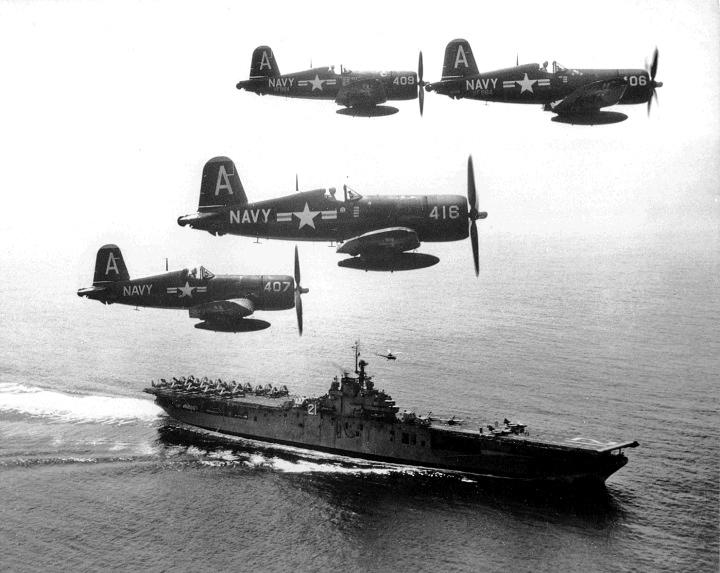
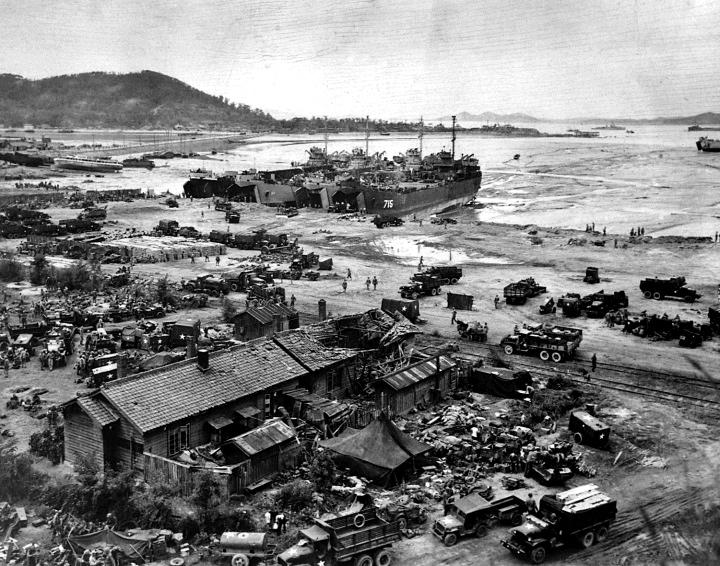
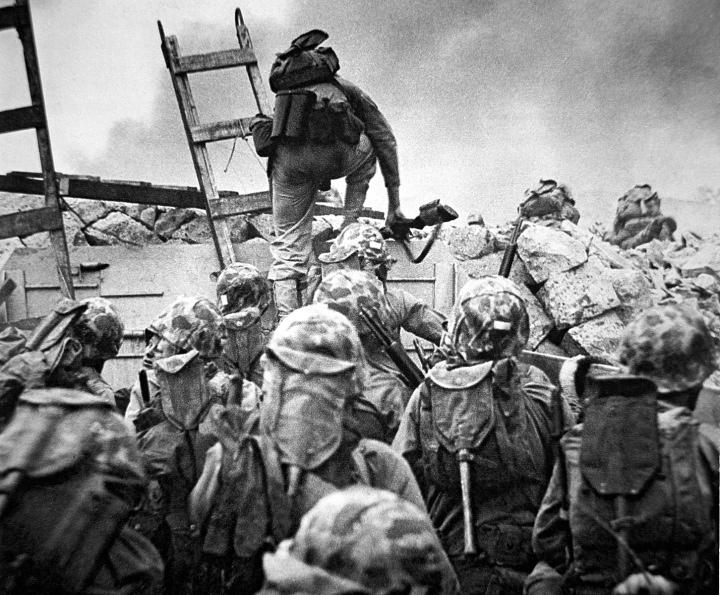

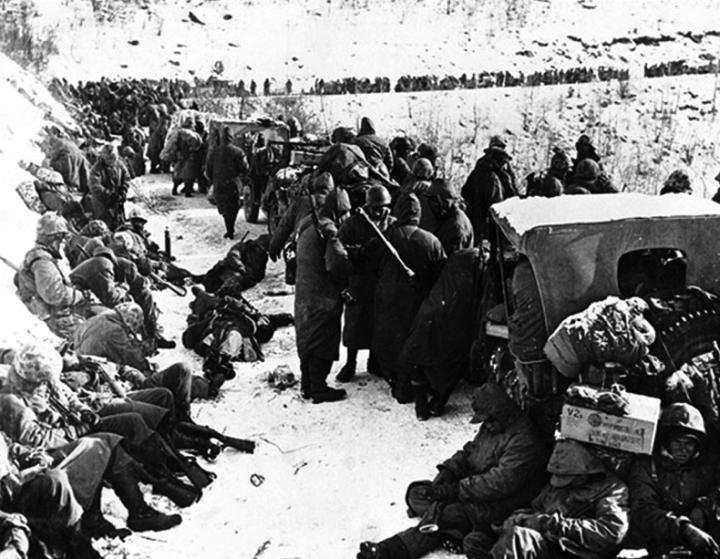
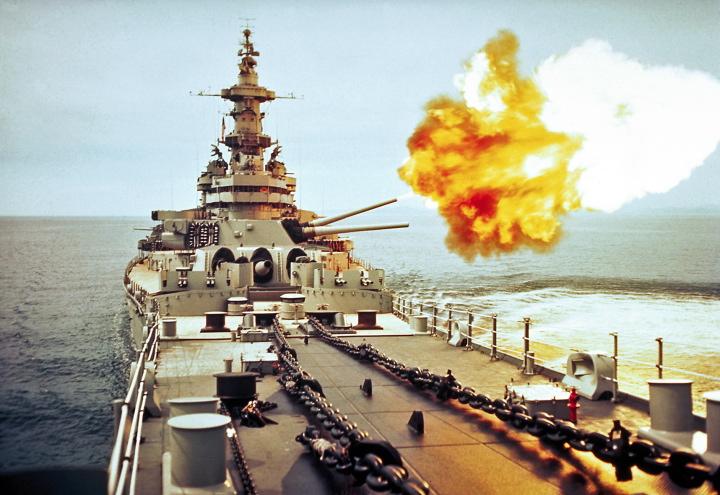
No comments:
Post a Comment